Discover the art of crafting authentic Mexican mole, a dish celebrated for its rich history and complex flavors. Whether you’re a fan of Oaxacan mole or curious about the secrets behind mole poblano, this guide offers a comprehensive journey into the world of authentic Mexican mole. From understanding the primary ingredients to mastering the perfect blend of spices, learn how to create a mole sauce that truly captures the essence of traditional Mexican cuisine. Explore the health considerations, the cultural significance, and the variations that make Mexican mole a beloved dish across the globe. With tips and tricks to make your mole as flavorful as the authentic recipes, this article is your ultimate resource for bringing the richness of Mexican mole into your kitchen.
Key Takeaways
– Discover the key ingredients in authentic Mexican mole, including chilies, tomatoes, onions, garlic, spices, nuts, and cacao.
– Learn about the three primary types of mole: Red Mole (spicy), Green Mole (herby), and White Mole (tangy).
– Master the step-by-step process of making mole from scratch, from sautéing aromatics to simmering to thicken the sauce.
– Explore variations like vegetarian options and optional add-ins to customize your mole.
– Understand the nutritional profile of mole, noting its high calorie and fat content but potential for a balanced diet when enjoyed in moderation.
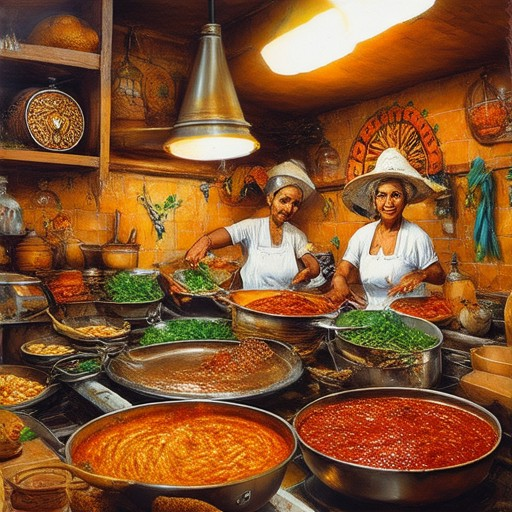
Primary Ingredient in Traditional Mexican Mole Sauce
The primary ingredients in a traditional Mexican mole sauce include dried chilies and chocolate. Dried chilies, such as ancho and guajillo, provide the foundation for the sauce’s depth and heat. Chocolate, whether in the form of cocoa powder or unsweetened chocolate, adds a rich, velvety texture and subtle sweetness that balance the spice. Together, these ingredients create the signature flavor and color of mole sauce, making both essential elements.
How to Make a Real Mole
Making a traditional mole requires careful attention to detail and a blend of flavors. Here’s a step-by-step guide to crafting a rich, authentic mole sauce:
- Ingredients:
- Dried ancho chilies
- Dried pasilla chilies
- Sweet chocolate (unsweetened cocoa powder or dark chocolate)
- Tomatillos
- Onions
- Garlic
- Nuts or seeds (optional)
- Cumin
- Oregano
- Thyme
- Epa zote leaves (optional)
- Fresh cilantro or parsley (for garnish)
- Lard or vegetable oil
- Instructions:
- Toasting and Drying Chilies: Dry the chilies with paper towels. Toast them in a skillet over medium heat until aromatic, about 1-2 minutes per side. Grind into a fine paste.
- Sauté Aromatics: Heat lard or oil in a large pot. Sauté sliced onions and minced garlic until translucent.
- Add Chili Paste: Stir in the chili paste and cook for 2-3 minutes until fragrant.
- Melt Chocolate: Add the chocolate to the pot and stir until melted and incorporated into the mixture.
- Cook Tomatillos: Add roasted and peeled tomatillos to the pot. Cook until softened, about 10 minutes.
- Add Nuts or Seeds: If using, stir in nuts or seeds for added texture.
- Season with Spices: Mix in cumin, oregano, thyme, and epazote leaves (if using). Adjust seasoning to taste.
- Simmer: Reduce heat to low, simmer uncovered for 30-40 minutes until the sauce reaches desired thickness.
- Garnish and Serve: Remove from heat. Serve hot over your choice of meat, garnished with sesame seeds and fresh cilantro.
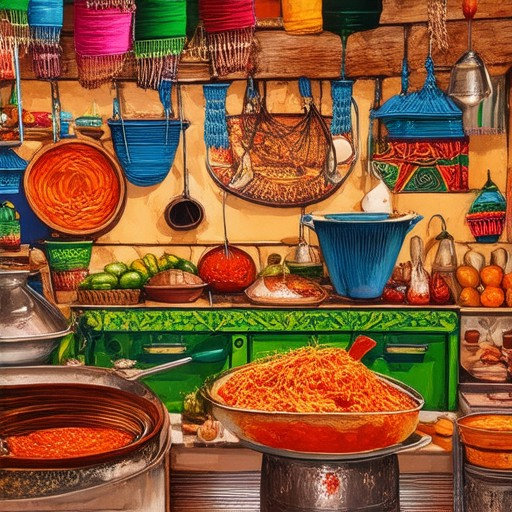
Ingredients in El Mexicano Mole Paste
El Mexicano’s mole paste is a carefully crafted blend of traditional ingredients that come together to create a rich, complex flavor. Below is a detailed list of the primary components:
- Oils: Vegetable oil (cottonseed, sunflower, or soybean oil)
- Seeds: Sesame seeds
- Bread: Toasted bread (made from wheat flour)
- Sweeteners: Sugar cane syrup
- Spices:
- Dried red peppers
- Iodized salt
- Sesame seeds
- Toasted bread
- Sugar
- Vegetable oil
- Herbs and Additives:
- Leavening agents (sodium bicarbonate, ammonium bicarbonate)
- Soy lecithin
- Chocolate: While not always explicitly listed, many mole pastes include cocoa powder or chocolate for depth and richness.
- Other Ingredients:
- Onions
- Garlic
- Tomatoes
- Cumin
- Oregano
- Thyme
- Epazote
The exact proportions and specific ingredients may vary slightly depending on the batch, but this list captures the essence of what makes El Mexicano’s mole paste a beloved addition to authentic Mexican cuisine.
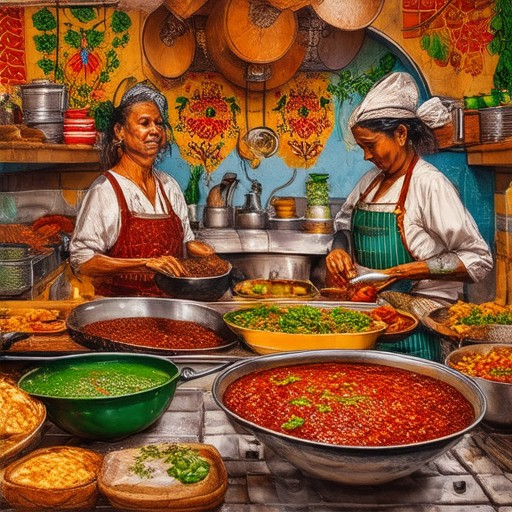
Traditional Food in Mexico: Mole
Mole is widely regarded as the national dish of Mexico, representing a rich cultural heritage and intricate culinary tradition. This aromatic sauce is made with a blend of chilies, spices, and other ingredients, creating a complex flavor profile that pairs perfectly with various proteins like chicken, pork, and beef.
Key Ingredients:
- Chilies : The foundation of mole, with different varieties contributing distinct heat levels and flavors.
- Tomatoes : Add acidity and depth to the sauce.
- Onions and Garlic : Enhance the aromatic quality.
- Cumin, Oregano, and Cloves : Provide a warm, earthy note.
- Nutmeg and Cocoa : Add a subtle sweetness and depth.
- Almonds and Sesame Seeds : Offer texture and additional layers of flavor.
Types of Mole:
- Mole Rojo (Red Mole): Spicy and robust, featuring red chilies as the primary ingredient.
- Mole Verde (Green Mole): Less spicy with a fresher taste, typically made with tomatillos and cilantro.
- Mole Blanco (White Mole): A lighter version with a focus on tangy flavors.
How to Prepare Mole:
- Sauté onions and garlic : Begin by sautéing these foundational ingredients in oil.
- Add chilies and spices : Incorporate chili peppers, cumin, oregano, and cloves to build the base flavor.
- Incorporate tomatoes : Add tomatoes or tomato paste to create a thick, hearty sauce.
- Mix in nuts and seeds : Toast almonds and sesame seeds, then crush them to enhance texture.
- Finish with chocolate and cocoa : Stir in unsweetened cocoa powder for a unique depth.
- Simmer and thicken : Let the mixture simmer until it reaches the desired consistency.
Variations and Tips:
- Vegetarian Option : Substitute meat with beans or vegetables for a plant-based twist.
- Optional Add-ins : Include raisins, dried fruits, or additional spices for added complexity.
- Serve with Side Dishes : Pair mole with rice, tortillas, or refried beans for a complete meal.
By mastering the art of preparing mole, you can elevate your Mexican cuisine and bring the rich flavors of Mexico to your table. Explore the versatility of mole by experimenting with different meats and sides to discover its endless possibilities.
Does All Mexican Mole Have Chocolate?
Mole sauce is a beloved ingredient in Mexican cuisine, but not all versions of mole contain chocolate. While many popular mole recipes do include chocolate, there are several types of mole that do not. Here’s a breakdown:
- Moles With Chocolate: Many classic mole variations, particularly those originating from Oaxaca and Veracruz, incorporate chocolate. These rich, velvety moles often feature dark chocolate, cocoa powder, or abuelita (a type of Mexican hot chocolate) as key ingredients.
- Moles Without Chocolate: On the other hand, some traditional mole recipes, such as those from the Yucatán Peninsula or certain regions of Chiapas, do not include chocolate. These moles typically rely on spices, seeds, and other flavorings to achieve complexity and heat.
For those interested in exploring the world of mole, we recommend checking out our comprehensive collection of mole recipes and learning how to make mole from scratch with our step-by-step guide .
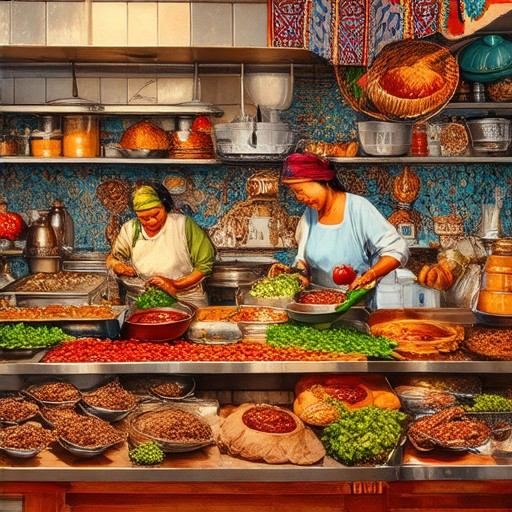
Is Mexican Mole Unhealthy?
Mole, a traditional Mexican sauce, is often rich and calorie-dense due to its ingredients like chocolate, nuts, seeds, and spices. While it can be high in fat and calories, it is not inherently unhealthy when consumed in moderation. Here’s a breakdown:
- Nutritional Profile: Mole typically contains high levels of saturated fats from ingredients like lard and oil, along with added sugars or high-calorie components. It may also be high in sodium.
- Comparison to Other Foods: Compared to other sauces or dressings, mole generally has more calories and fat. However, it can be lower in certain nutrients compared to heavier dishes it’s often served with, like rice or beans.
- Dietary Considerations: Those monitoring cholesterol or sodium intake should be mindful of portion sizes. However, mole can still be part of a balanced diet as long as it’s not overeaten.
- Common Misconceptions: While mole is rich, it’s not “unhealthy” in itself. Its impact on overall health depends on how often and in what quantity it’s consumed alongside other foods.
In summary, Mexican mole is not unhealthy, but like many rich dishes, it requires moderation to fit into a healthy lifestyle. Enjoy it as part of a varied, balanced diet!
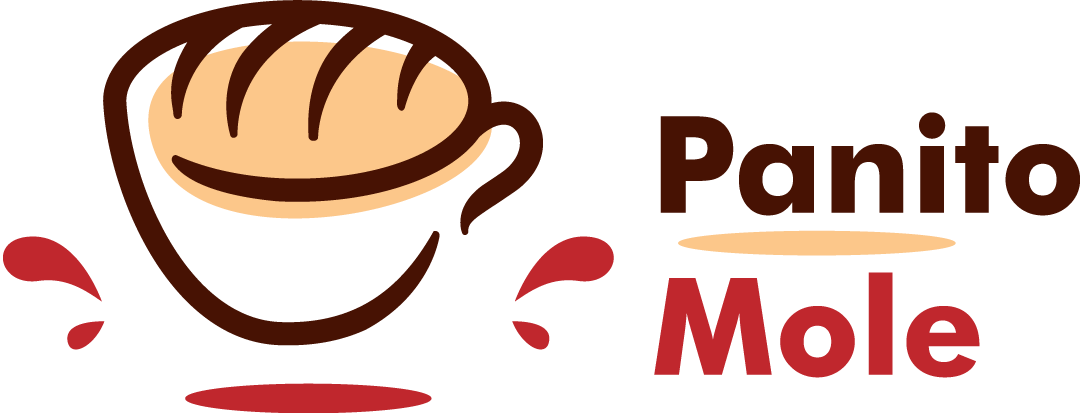

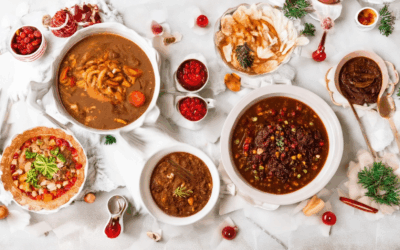
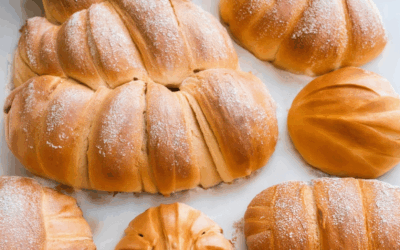
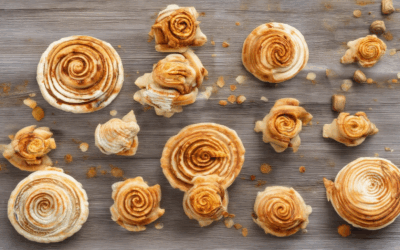
0 Comments